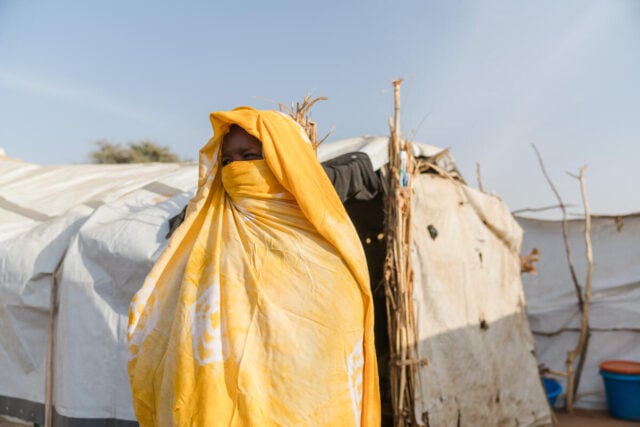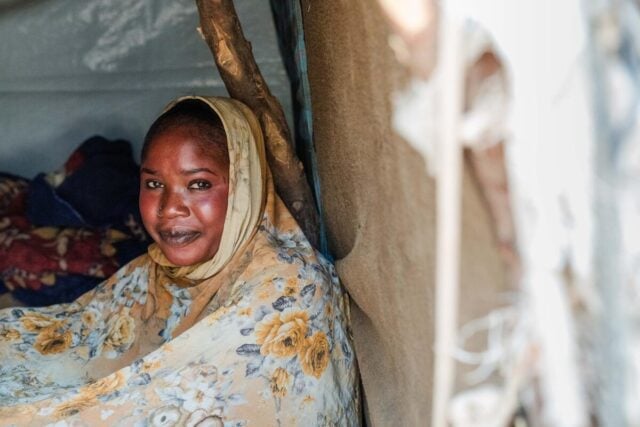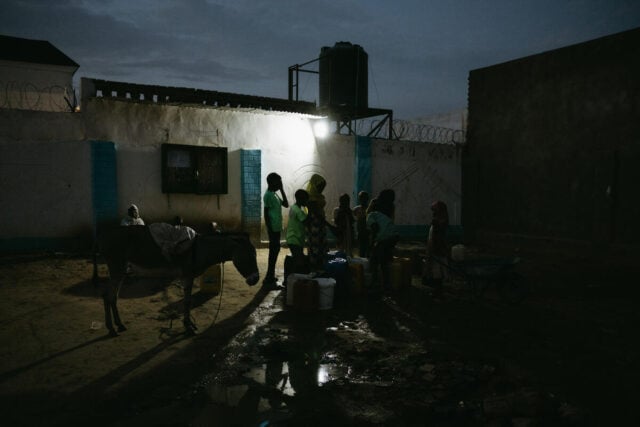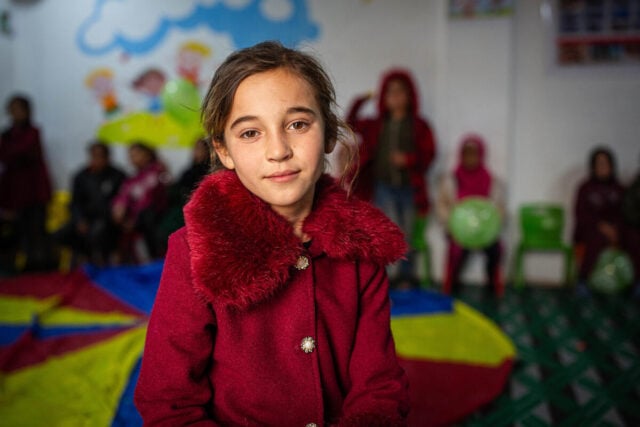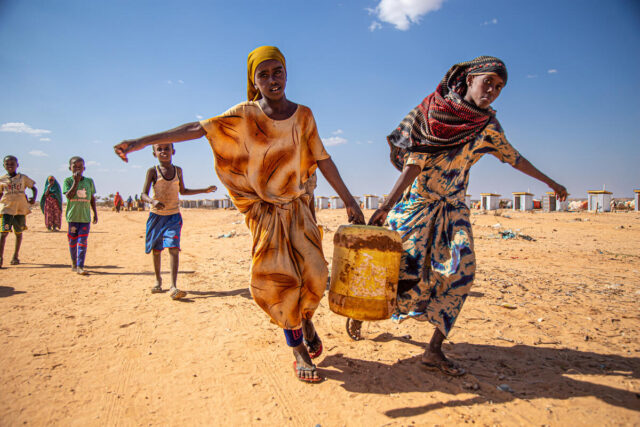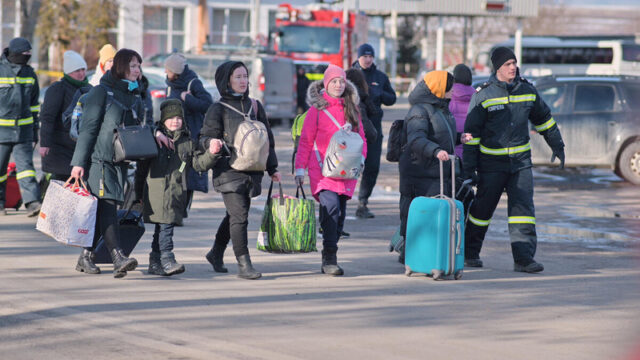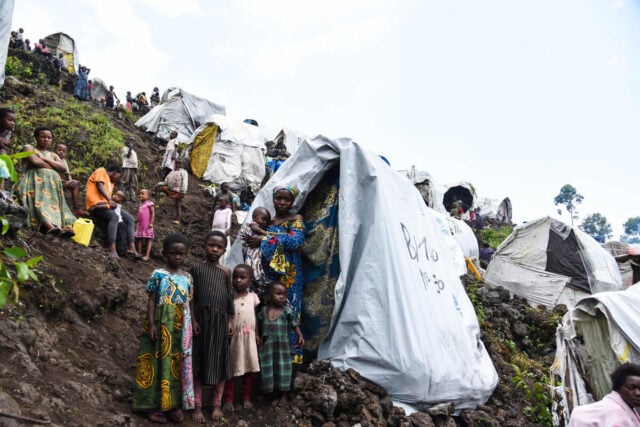Entisr, a Sudanese refugee and survivor of sexual violence, has been displaced five times in her life, each escape marked by violence and immense loss. Despite her suffering, Entisr has become a leader, organizing support groups for other women who have survived similar violence and launching a savings initiative in a sprawling refugee settlement in Adré, Chad.
News & Stories
Conflict
Strength in the aftermath of displacement
When violence escalated near her home in Sudan, Maha gave birth and fled just days later, carrying a newborn — and the weight of her family. After arriving in a temporary settlement in Chad with almost nothing, Maha stands strong in a fragile and uncertain future.
Sudan crisis: Facts, FAQs, and how to help
Since even before the conflict began on April 15, 2023, Sudan has faced a severe humanitarian crisis. To date, thousands of lives have been lost and 13 million people displaced, including 7 million children — the largest number of children displaced globally, as result of the conflict in Sudan. Ongoing violence is compounding an existing hunger crisis, endangering millions and threatening famine. Explore key crisis facts and how World Vision is responding to support impacted children, their families, and communities.
Rising from conflict: Voices of Sudan’s women and girls
Explore the struggles and challenging experiences of women and girls caught in the conflict in Sudan. Learn how World Vision’s Sudan relief efforts are offering hope amid violence, hunger, and displacement.
Sudan’s displaced children: Young refugees flee to Chad, many without families
The conflict in Sudan has left millions of children displaced, many without their families. Fleeing to Chad and other neighboring countries, young survivors face grueling journeys and emotional trauma. Learn how World Vision and local host families in Chad are supporting impacted children and how critical aid is helping them navigate life in refugee camps.
Syrian refugee crisis: Facts, FAQs, and how to help
The Syrian refugee crisis remains among the largest refugee and displacement crises of our time, with approximately 16.7 million Syrians needing humanitarian aid in 2024, including 7.5 million children. Following an escalation of violence in northwest Syria in late November 2024, at least 1 million people have been newly displaced, the majority of whom are women and children. Hundreds of thousands more are in need of support. Learn how World Vision is supporting families in Syria amid uncertainty.
What you need to know about the global water crisis in photos and videos
The global water crisis affects millions of people, with 703 million lacking access to clean water. Explore this critical topic through powerful photos and videos captured by World Vision communicators, and learn how World Vision is responding.
War in Ukraine: Displacement and refuge
As the war in Ukraine enters another year, World Vision continues to bring global expertise in partnering to support children and their families whose lives have been disrupted since early 2022. Learn more about World Vision’s Child-Friendly Spaces and how they offer educational routine, emotional safety, and a social environment to focus on processing and healing from trauma and grief.
DRC conflict: Facts, FAQs, and how to help
A recent surge in violence in the Democratic Republic of the Congo (DRC) threatens the lives of millions of children who are already suffering from hunger, disease outbreaks, natural disasters, and poverty. Learn more about the DRC’s conflict and current situation and about World Vision’s response to help impacted children and families.
Following dreams in the shadows of war
Forced to flee her home, 15-year-old Eva navigates life in Lviv with resilience and hope, finding healing through art therapy and big dreams. Discover how a safe space helped her rebuild her future.
